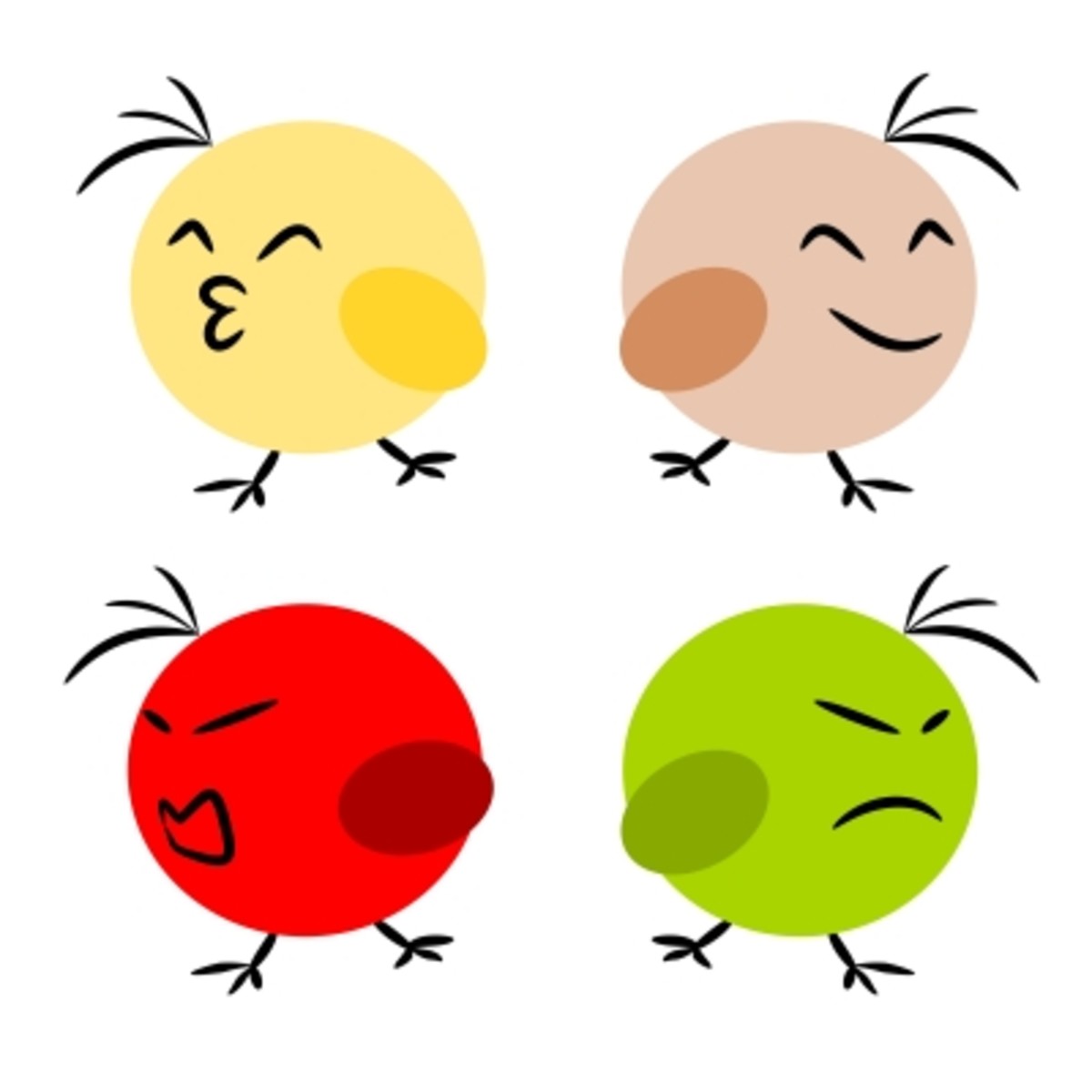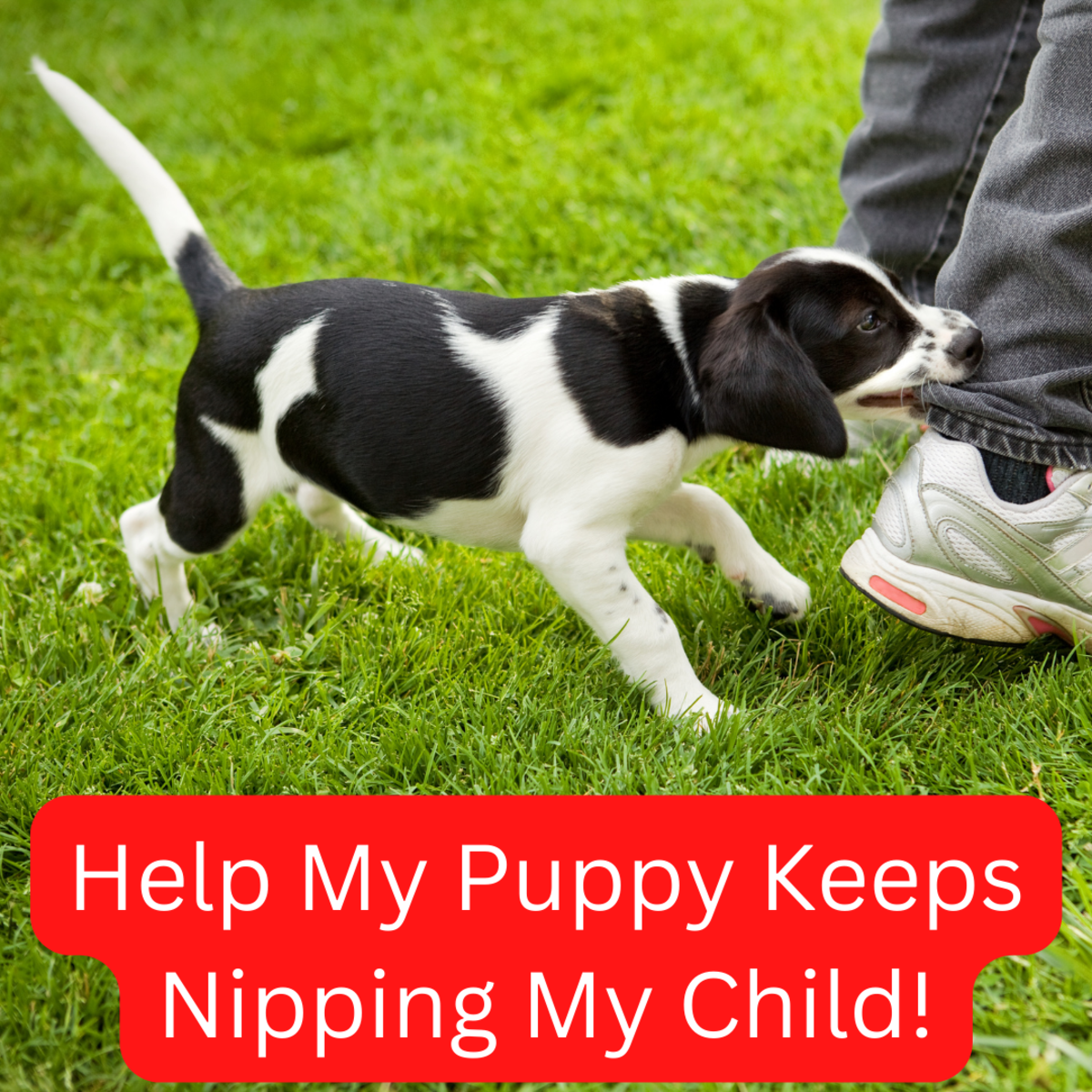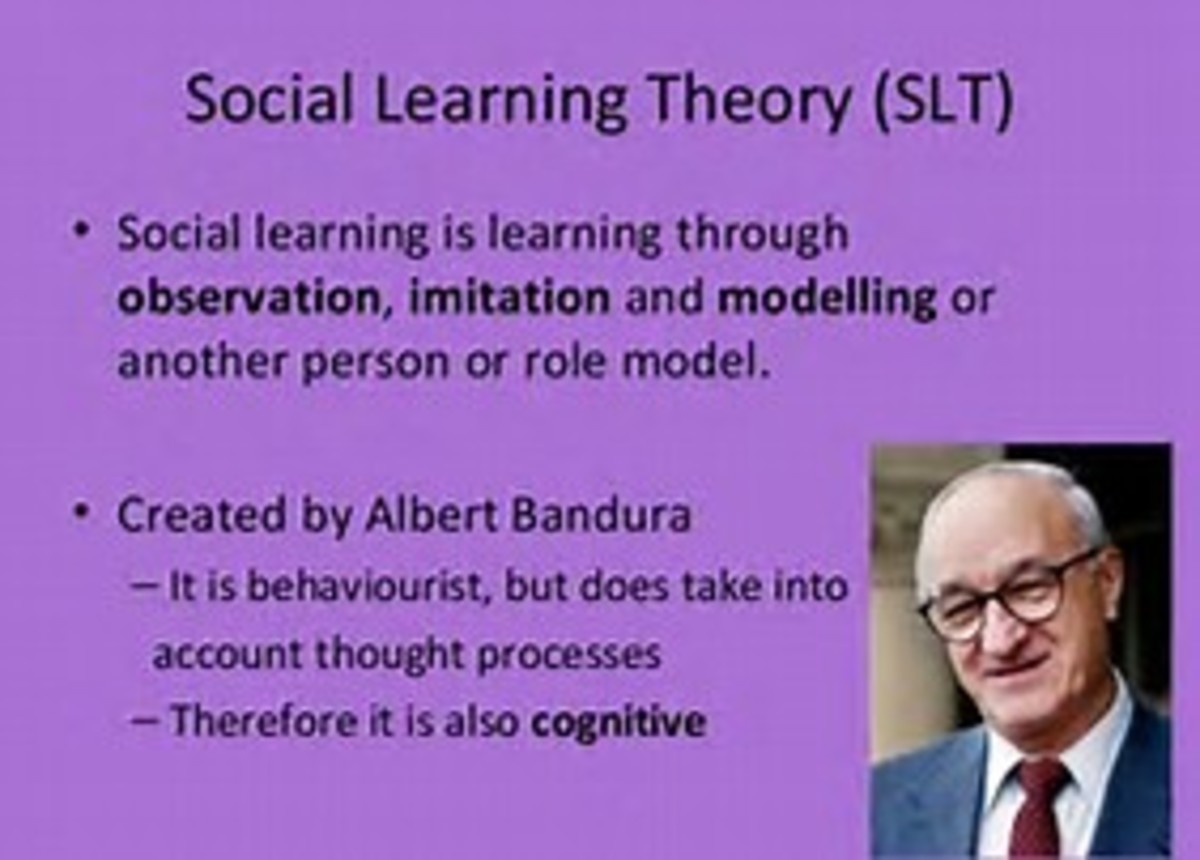Stressed Self Harm Management in Children

Stressed Self Harm Management
There are times when children begin to engage in self harm behaviors. Sometimes, with younger children, this takes the form of head banging, hitting, slapping, or biting themselves. Older children will sometimes use sharp objects to inflict scrapes or actual cuts on their skin.
Intervention strategies for these behaviors vary, and in most cases, physical intervention such as restraint is not allowable. Also in most cases, physical restraint is not even needed. There are studies that indicate that physical restraint in self harm cases are not productive in ending future repetitions of self harm. Neither is raising your voice, demanding, or threatening consequences or trips to the local psychiatric hospital. So what to do?
You can not, of course, allow a child to self harm. Fortunately, there is an effective technique you can use to intervene in these behaviors. Listed below is an approach that will work for you. The important thing to remember is to be as consistent as possible in using the technique. It is best to use this intervention under the supervision and guidance of a behavior specialist.
The first thing you can do is to become sensitive to the child’s level of stress. Most of the time, a child will begin to self harm when they are highly stressed. In some other cases, such as with autism, the child may have a different motivation for the behavior, such as the need for stimulation, or a particular kind of stimulation. In these cases, we need to find out how to satisfy the sensory need in a more positive fashion. In the case of stressed self harm , intervention should occur before these emotions get too intense, thus avoiding the behavior completely. It is a good idea to closely observe the child’s behavioral signs before they begin to self harm. If you watch closely enough, you will discover a set of signs (particular to the child) that likely present each time prior to a self harm episode. Once a child is to the point of actually doing self harm, the described approach will likely be less effective, so it is very important to learn the child’s signs of stress.
A good intervention is to verbally recognize and name (to the child) the emotion you are seeing. Then, you can do a number of things, such as talk about the feelings, offer a different means to express the feelings (such as make a picture of the feeling), or help the child to refocus on something else, such as a preferred activity. Keeping in mind that sometimes children must accept a directive without choice, offer choice when you can. If the stress and threatened self harm is due to a directive you gave, you might want to back off a bit, and if possible, give the child a positive choice. For example, if the child begins to self harm after a directive to take a bath, you might first recognize their emotion (“I can see you are very angry at having to take a bath right now.”), then offer a choice (“Maybe you would like to choose if you have your bath now, or after dinner.”)
If the child begins to engage in self harm, you can intervene by placing your hand, or better yet, a pillow or stuffed animal between the child’s head and the wall/floor. Be sure to approach slowly, carefully, and in a non-threatening way. Get down on the floor with the child, don’t stand over them. Pair this with very calm, nurturing statements to the child, such as: “ I can see you are upset/angry/sad, but I sure wish you would not hurt yourself like this, I care for you and do not want to see you get hurt.” Keep repeating words to this effect! The child may try to remove the stuffed animal, or move away from you and the toy, but be persistent in putting it back. You can do the same thing when a child is trying to scratch, slap, or hit themselves. You may want to get a special stuffed animal just for this purpose, and be sure to name it. You can also encourage the child to hug or cuddle (not hit) the stuffed animal as an alternative to their behavior. The idea here is to teach the child a more positive way to express their emotions and needs.
It is very important to pay attention to and manage your own emotions during this process. If you are expressing negative emotion or highly agitated/anxious emotion, it will make the situation worse. You may even find yourself thinking about physically restraining the child, but don’t do it. In many cases, if you approach a child with the incorrect emotional expression (negative, demanding, hostile, angry), they will lash out at you when you approach. This is also true if you approach in a way that is perceived by the child to be physically threatening If the child begins to lash out at you, simply move away. Re-examine your emotional state, expression, and behaviors. If you can tone it down, do so. If you can not, get another adult to help who can stay calm.
Even if you are doing the technique correctly, the child may calm for a short period, and then begin their self harm behavior again. If this happens, move in with the stuffed animal and nurturing words once again. Repeat this process until the child accepts the stuffed animal without your holding it there, and calms down. Note that you may be repeating this many times before the child begins to accept a new way of dealing with their emotions.
The question may be asked: What if the child is using self injury as a manipulative tool to avoid a non-preferred activity? Well, the child may do this to manipulate some of the time. In any case, you must deal with the self harm behavior first . Once the child calms down, it is important to return directly back to the directive to do the non-preferred activity. Be aware that this may produce yet another round of self harm behavior, but you must repeat the intervention exactly as before. It may take many repetitions for the child to understand that using self harm as a manipulation will no longer work.









